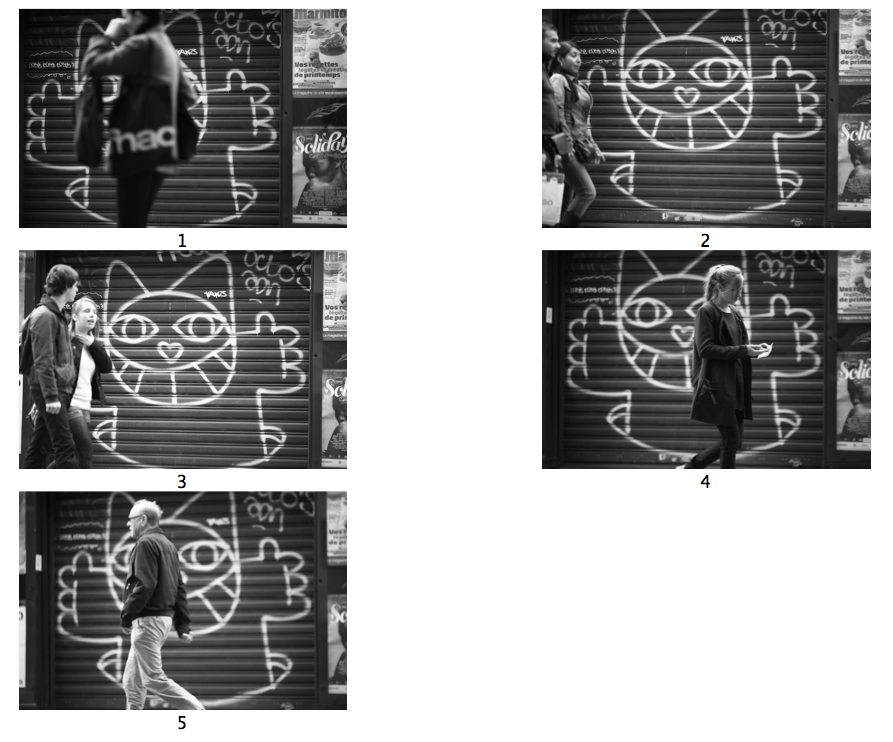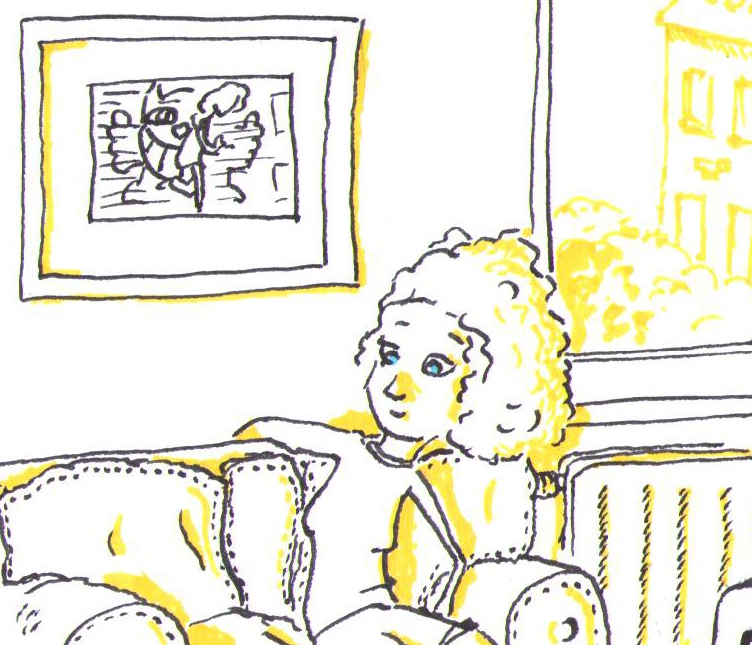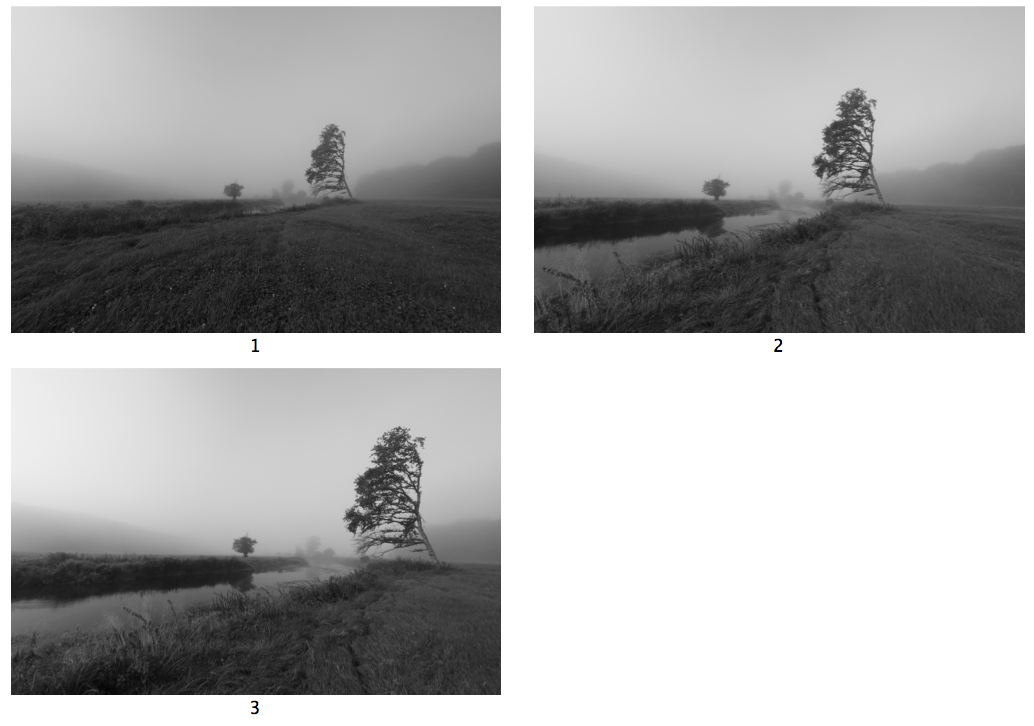Mirrors and Photography

Moving duplicity, ƒ/4.5, 35mm, movingduplicity on flickr
A mirror is a critical element in photography and especially in some models of camera. But I don't want to talk about technique but more about the mirrors to represent, view and feel the world in a different way.
Everything is an image and mirrors are here to duplicate the representation of our surrounding world. I'm always curious to see those mirrors in public spaces. There are often used to expand the space and reassure the people. Those mirrors are often a great opportunity to acquire new perspectives and sometime "to trap" moment of life indirectly. I got this opportunity at the cloakroom at the Royal Museums of Fine Arts in Brussels. They have a mirror at the entrance of the cloakroom where people can have the impression of a larger room.
At the entrance, there is a small area where basically you cannot be seen in the mirror (at first sight). I waited there with my camera especially to catch the movement of people and especially trying to get the two perspective of a same person.
I kept and crop the movingduplicity because the movement was a kind of integral part of the whole picture. Due to the setup, I couldn't frame exactly the picture as I wanted during the shooting. So I decided to crop the upper and right part to split the frame between the mirror and its other part.













